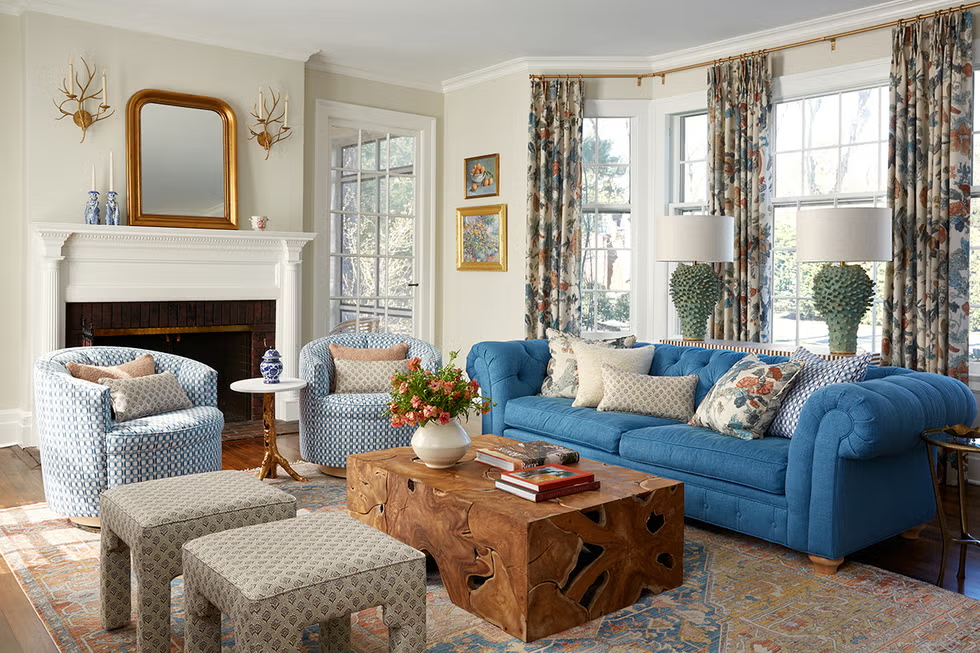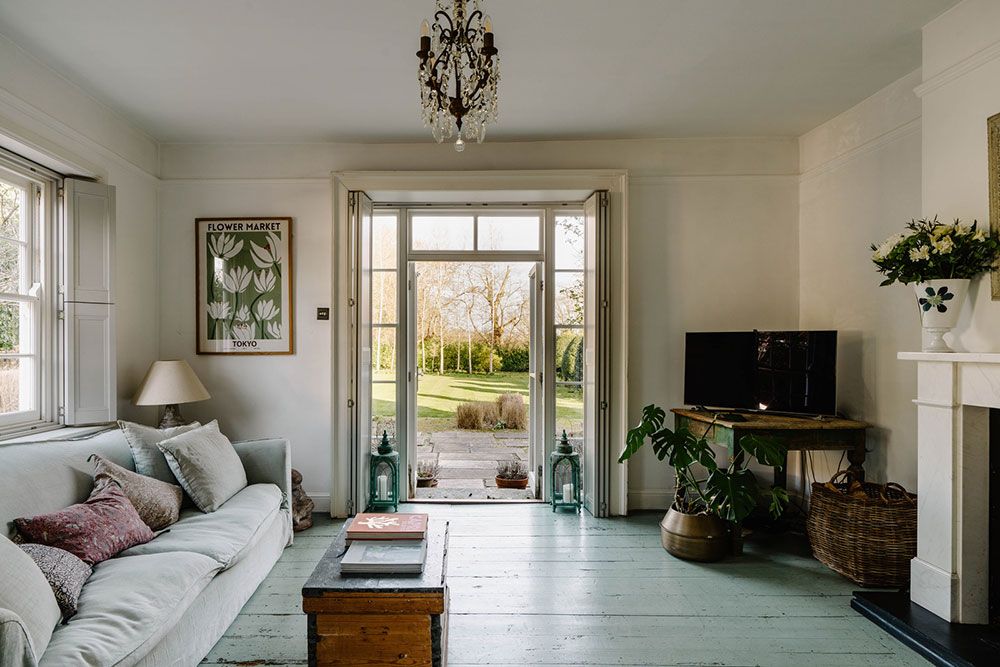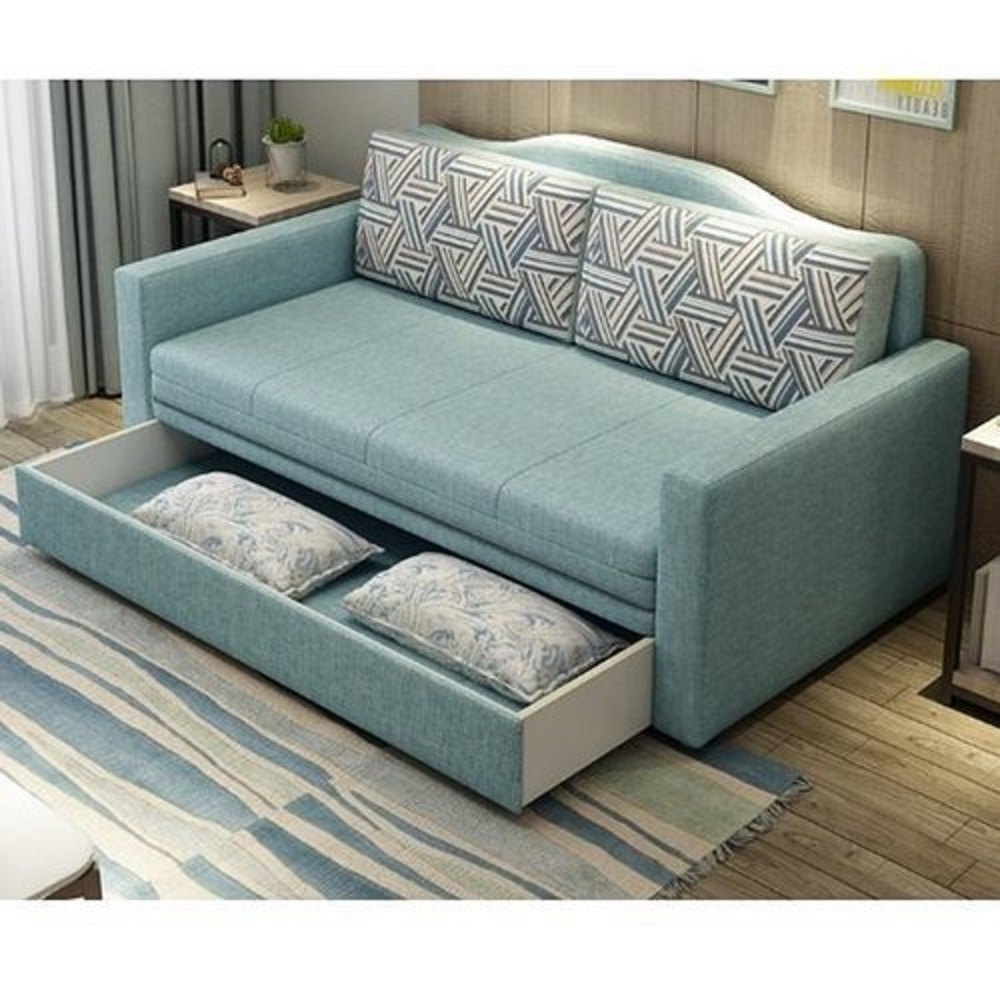The living room is often considered the heart of the home, where family and friends gather, where we unwind after a long day, and where much of our daily life takes place. As such, the design and atmosphere of this space can have a huge impact on the overall vibe of a home. For interior designers, creating a stylish, comfortable, and functional living room is a task that requires expertise, vision, and an understanding of the latest design trends. Whether you’re looking to update your space or completely revamp it, these stunning living room ideas are the ones interior designers rely on to create beautiful and timeless spaces.
1. Layering Textures for Comfort and Visual Interest
One of the first techniques interior designers use to make a living room feel cozy and inviting is layering textures. Adding different textures—such as soft throw pillows, plush rugs, sleek leather, and tactile linens—creates an atmosphere that is both visually dynamic and comfortable. Designers often use this approach to create balance, especially when dealing with hard materials like wood or metal.
For instance, a soft woolen rug can soften the sharp edges of a glass coffee table, while velvet cushions or fabric chairs add a sense of warmth to a room. Whether it’s a velvet sofa, a cashmere throw, or leather accents, layering textures elevates the living room, making it feel welcoming and well-thought-out.
2. Embrace Neutral Palettes with Bold Accents
Neutral color schemes are the go-to choice for many interior designers. Soft tones like whites, creams, beiges, and grays provide a timeless, serene backdrop that lets other elements of the room shine. This minimalist approach allows designers to add pops of color through accessories and furniture, such as bright cushions, vibrant artwork, or eye-catching rugs.
The key to achieving this look is balancing neutrals with carefully chosen bold accents. For example, a soft gray sofa might be paired with mustard-yellow throw pillows, or a cream wall might be complemented by a deep navy blue chair. The result is a harmonious space that feels grounded but has enough energy to keep things interesting.
3. Statement Lighting Fixtures
Lighting plays a crucial role in creating ambiance and elevating the design of a living room. Interior designers understand that lighting needs to be both functional and stylish. A statement lighting fixture, like a large chandelier or a sculptural pendant light, can serve as the focal point of the room, while task lighting provides practical solutions for reading or watching TV.
For example, designers often incorporate dimmable recessed lights in the ceiling for an ambient glow while using dramatic floor lamps or overhead chandeliers to add character. Layering different light sources—ambient, task, and accent lighting—creates a versatile living room that can shift in mood from bright and energetic to cozy and intimate.
4. Sustainable and Organic Materials
As sustainability becomes increasingly important, designers are turning to natural, eco-friendly materials that add texture and warmth to a space. Materials like reclaimed wood, bamboo, cork, and stone bring organic beauty into the living room while being environmentally conscious.
Designers often incorporate these materials in furniture pieces, wall paneling, and even flooring. A reclaimed wood coffee table or a bamboo shelving unit not only provides character but also contributes to a sustainable lifestyle. For a touch of nature, interior designers also integrate indoor plants into living rooms, further enhancing the connection between the indoors and outdoors.
5. Open Shelving and Custom Storage
Living rooms often become cluttered with magazines, remote controls, books, and miscellaneous items, making it essential to have storage solutions that keep the space organized. Interior designers rely on open shelving and custom storage units to help maintain order without sacrificing style.
Custom-built bookshelves, floating shelves, or designer cabinets can store everyday items while doubling as aesthetic features. For example, a sleek, open shelf might showcase a curated collection of art books, while a stylish basket can store extra blankets and pillows. Designers also often incorporate hidden storage in furniture, like ottomans or coffee tables with built-in drawers, to maximize space in smaller rooms.
6. Statement Walls and Feature Art Pieces
A living room’s walls are the perfect canvas for designers to add visual interest and personality. Whether through an accent wall, oversized art pieces, or interesting wallpaper, statement walls help to create a focal point in the room.
Interior designers often use this technique to give the living room character and transform it from a basic, neutral space into a room full of personality. For example, a painted feature wall in deep forest green or navy blue can create drama and contrast against lighter furniture and decor. Alternatively, oversized artwork or a gallery wall can make a bold statement while providing an opportunity to showcase personal style.
7. Furniture That Maximizes Functionality
For a living room to be both beautiful and functional, interior designers carefully consider the types of furniture they use. From sofas that can seat the entire family to coffee tables that double as storage, designers select pieces that offer comfort without sacrificing style.
Modular furniture that can be rearranged for different occasions is also a popular choice. For instance, sectional sofas can be configured to accommodate guests or provide a cozy corner for family gatherings. Multi-functional furniture, like ottomans that can be used as both seating and storage, helps keep the living room organized without cluttering the space.
8. Minimalist Design with Bold Accents
While some interior designers prefer a minimalist design, they always include one or two bold elements to avoid a stark, sterile look. Minimalism focuses on decluttering and allowing each item in the space to stand out. Think sleek furniture lines, neutral color palettes, and clean surfaces. However, designers balance this minimalism by adding statement pieces, such as a bold-colored rug, a unique piece of art, or an oversized armchair.
The key to pulling off this design is to keep the space open, airy, and functional while introducing one or two visually striking items that create visual interest. The result is a living room that feels effortless yet stylish.
9. Incorporating Technology Seamlessly
Technology has become an integral part of modern living rooms, but interior designers often work hard to incorporate it without disrupting the room’s aesthetic. Hidden sound systems, flush-mount TV screens, and smart lighting are all ways that designers blend technology seamlessly into the living space.
For example, some designers hide entertainment systems behind cabinetry that opens at the push of a button, or they place a TV above a fireplace to avoid bulky entertainment centers. They might also incorporate technology into furniture design, with charging stations built into tables or sofas.
10. Creating a Cozy Yet Chic Space
At the heart of every successful living room design is a balance between comfort and style. Interior designers are experts at creating spaces that feel both luxurious and inviting, with plush fabrics, cozy furniture, and thoughtful décor. It’s important that the living room provides a welcoming atmosphere for guests and a comfortable place for the family to relax.
Whether through soft, oversized sofas, rich fabrics like velvet or chenille, or the strategic placement of throw pillows and blankets, interior designers always prioritize comfort while ensuring that the space remains chic and sophisticated.
Conclusion
Designing a stunning living room that combines beauty, comfort, and functionality is no easy task, but interior designers rely on these tried-and-tested techniques to transform ordinary spaces into extraordinary ones. From layering textures and creating feature walls to maximizing storage and embracing sustainability, these design ideas have proven to be timeless and effective.
By incorporating these ideas into your own living room, you can create a space that not only reflects your personal style but also provides a functional and inviting environment for all to enjoy. Whether you are embarking on a full redesign or simply looking to refresh your existing space, these interior design strategies are sure to inspire your next home makeover.



